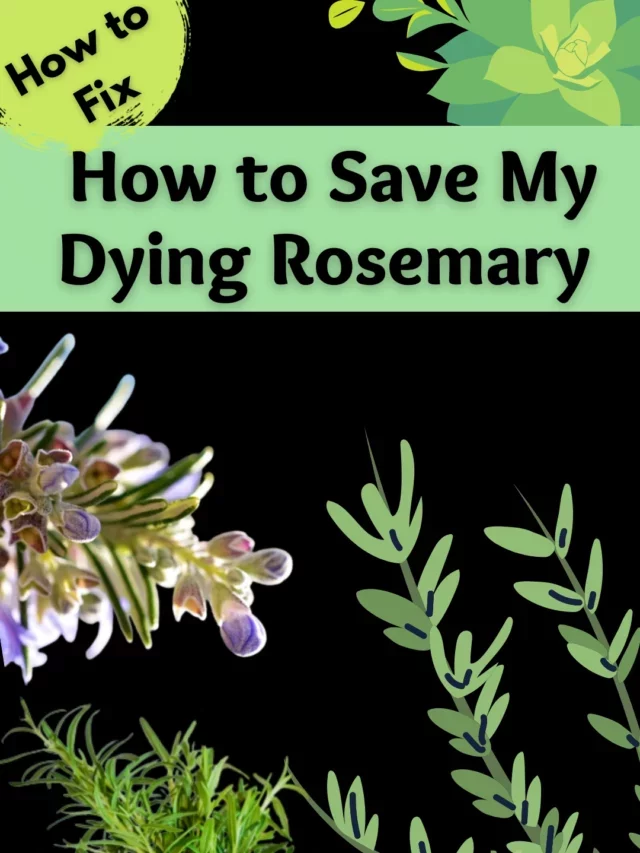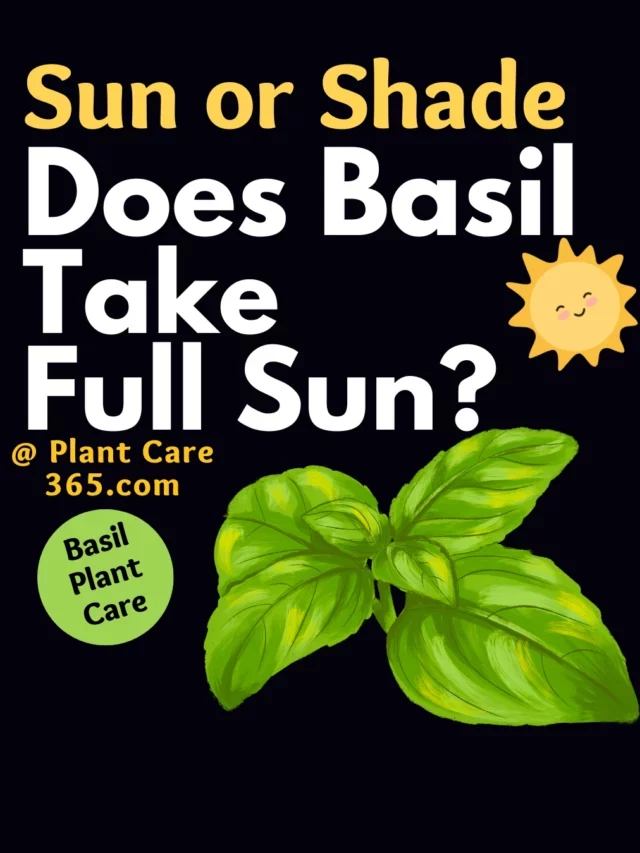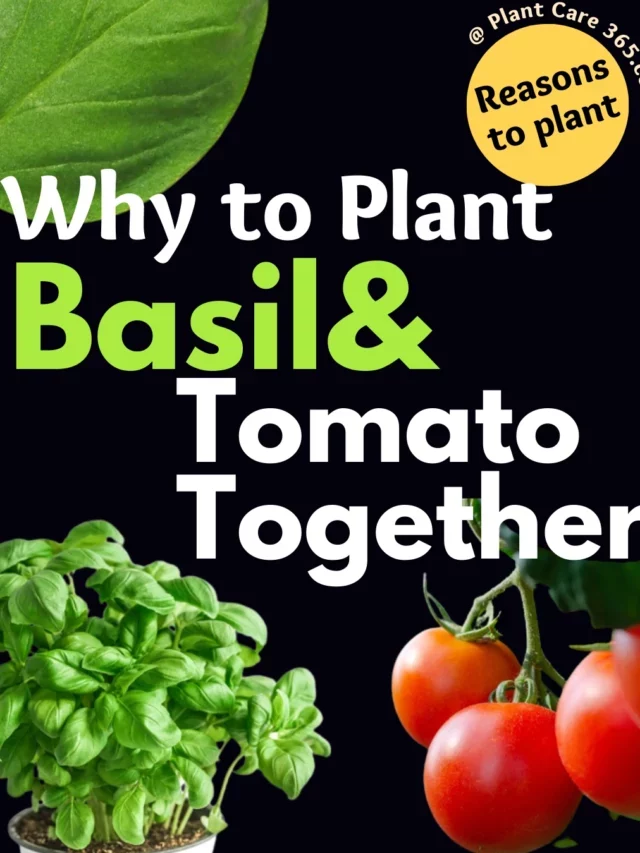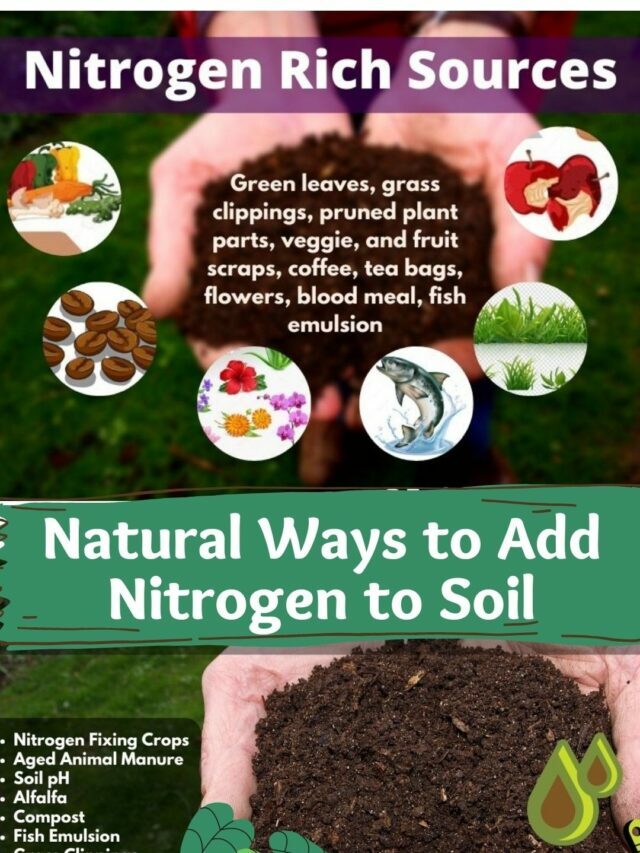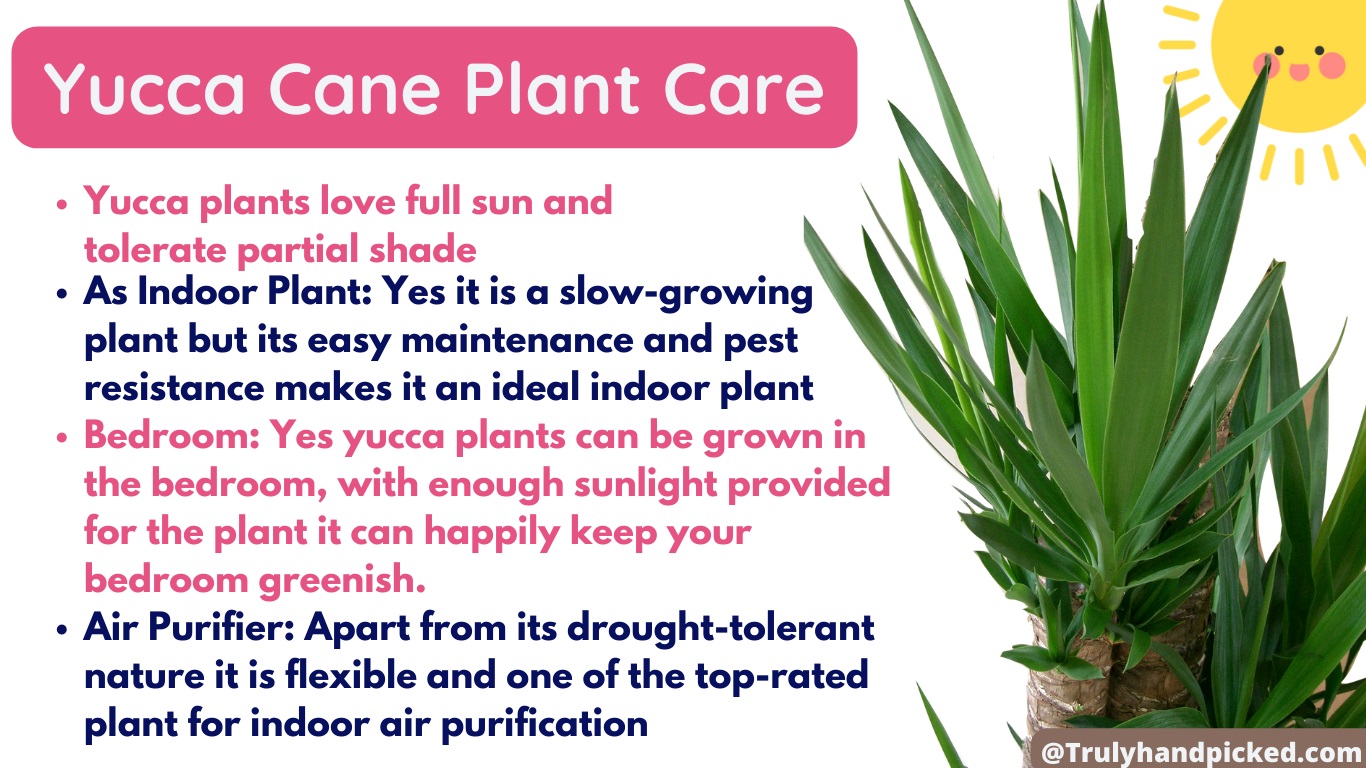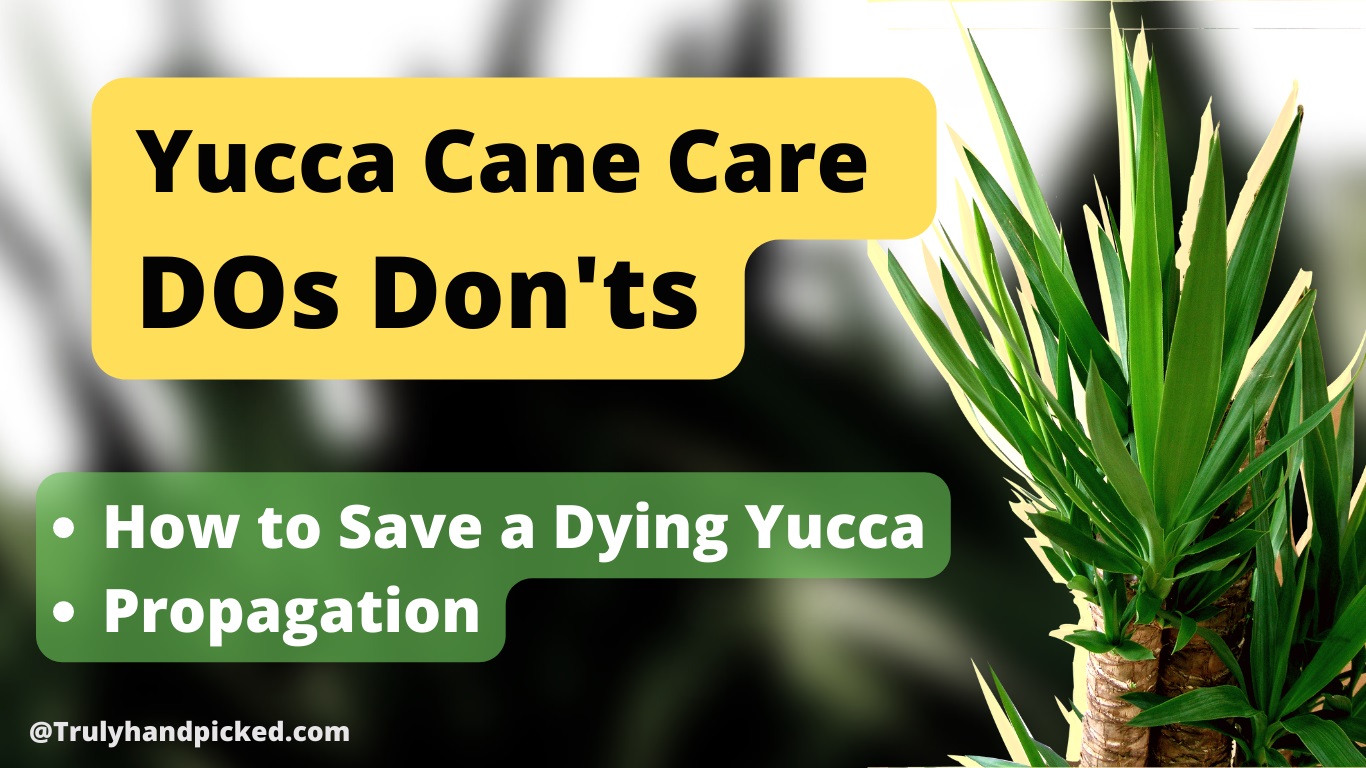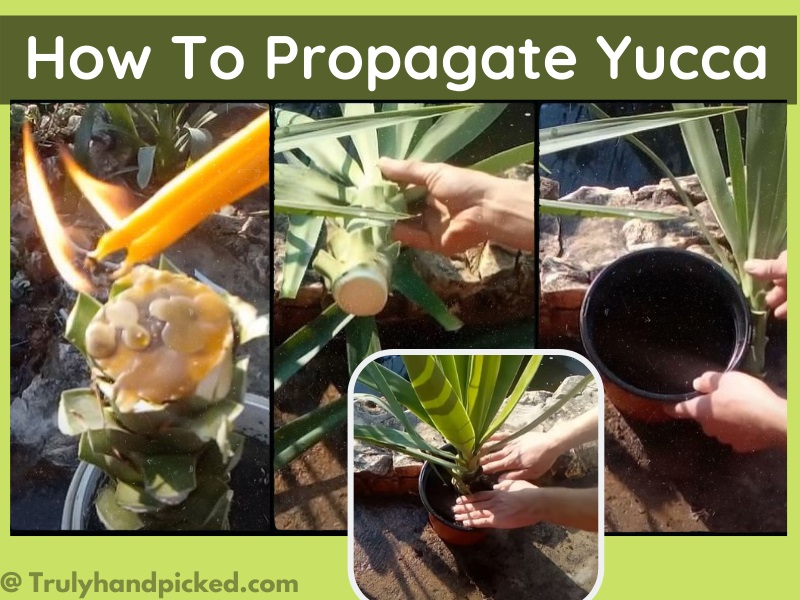As Indoor Plant: Yes it is a slow-growing plant but its easy maintenance and pest resistance make it an ideal indoor plant.
Sunlight: Yucca plants love full sun and tolerate partial shade.
Bedroom: Yes yucca plants can be grown in the bedroom, with enough sunlight provided for the plant it can happily keep your bedroom greenish.
Air Purifier: Apart from its drought-tolerant nature it is flexible and one of the top-rated plants for indoor air purification
Growing outdoors: As yucca plants love being outdoors and it can happily grow faster too but if the temperature fall below normal room temperature may stunt its growth and its damage your tropical yucca varieties. Though few varieties like yucca glauca and dwarf yucca are hardy and can withstand (tolerate) cold.
Yucca cane plant is a classy houseplant indeed. It provides an attractive glance at the area it gets placed. The outlook of a grown and healthy yucca cane plant is so much exclusive that it is sold even in artificial plastic forms in shops. However, original always tempt us more than the artificial ones.
A yucca cane plant can grow really high about 30-feet tall, while cultivated outdoors. Fortunately, you can grow this super elegant plant easily as a houseplant with some elementary caring methods. Here are some must-known facts about a yucca cane plant to cultivate it indoors immaculately-
Why is My Yucca Cane Dying?
Yucca cane is usually grown for its glossy and ornamental leaves over long and succulent stems.
Any kind of trouble in their caring essentiality could drive you to an unhealthy plant form. Eventually, this unhealthiness leads your plant to a dying condition.
So, avoid this inevitable outcome, you must recognize the tiniest unhealthy signs of a growing yucca cane plant. Then, find its real cause and apply the solution accordingly. Some typical emblems of a dying yucca cane plant, are-
Signs of Dying Yucca Cane
- Drooping leaves
- Yellowish or discolored foliage
- Falling leaves
- Leaves become brittle
- Brown leaf edges and tips
- Leaves will stretch out
- Spotty and wilting foliage
- And morbid as well as dying stem
Reasons:
- Improper watering, that could be for both underwatering or overwatering
- Unfitting temperature with unsuitable climate
- Often shocks by frequent transplantation or repotting
- Inadequate sunlight with indecorous sun expose
- Untreated diseases and other troubleshoot issues
- Nutrient deficiency or salt buildup with insufficient fertilization
- Uncontrollable pest infestation
- And sunburn due to the consistent sun exposer
Learn more on how to revive an overwatered peace lily plant.
How to Save/Revive Your Yucca Plant:
- Water your yucca cane plant, only when the topsoil turns completely dry
- Use soil with well-drained quality and planter with good drainage hole
- Try to water your plant once in every few whiles to prevent it from being over dry
- Keep the growing temperature consistent between 50° to 85° F and don’t let it fluctuate often
- Provide your plant bright sunlight with full sun to the sun with partial shade
- Place the planter near the south-facing window to provide it with the best growing climate
- You will see that foliage of a yucca cane turn greener with the proper amount of sunlight
- Fertilize your plant perfectly and needily with a balanced all-purpose fertilizer (liquid preferred) once a year
- Feed your plant every 2-3 months during the growing seasons like spring, summer, or fall
- Do not shake your plant often by unnecessary repotting or transplantation
- Try to repot the plant only when it overgrows the current planter and only during the spring
- Aphids, mealybugs, scales, etc. are some common pests you may deal with this plant
- Applying rubbing alcohol, neem oil, horticulture oil, etc. to treat pests organically
- Fungal, bacterial, blight infestation, etc. are other troubleshoot issues you may face here. Overhydration or dehydration is probably the cause of this problem.
- Keep your plant from direct sun exposure for too long, this may burn the leaves and kill your growing yucca cane plant without giving any advance sign.
How to Propagate Yucca Cane:
Ref Image: Growing Yucca Plant from Cutting – Nature youtube channel
To propagate a yucca cane plant perfectly, follow these steps below-
- Find out a healthy stem with some freshly growing leaves from your healthy plant
- Cut the stem about 3-4 inches long with some green leaves on it
- Remove the leaves from the bottom of the cutting and dip the end in a rooting hormone
- Try to use powdered rooting hormone here for the better result
- Now, put it on a plastic bag and place it in a shady as well as a cool place for some days
- This process will let the cutting dry and inspire the fast rooting
- Hereafter, prepare a planter with the best potting soil for the yucca cane plant
- Sow the cutting into the soil, water it thoroughly, and place a bright place
- Make sure the cutting could have bright but indirect light there steadily
- New shots and roots will come within 3-4 weeks, then you need to provide your plant with the entire basic growing needs consequently.
Learn about how to save a dying dracaena corn plant.
Propagating Yucca Canna in Water Tray
Ref Image: Happy Planet Youtube
Yucca Cane Care:
- Plants can do well in moderately rich normal potting soil
- The soil must drain well, amend with cactus or succulent potting mix with slightly acidic pH
- Water your plant once a week with distilled water or wait till the top surface dries
- Keep your plant in a moderately warm temperature between 50 to 89° F
- To being a dessert plant, yucca cane is a hardy one, to don’t get hyper for its humidity level
- Mist your plant once in every few whiles and maintain a normal humidity level
- Feed your plant every 3-4 months during the growing seasons, and once a year for the rest seasons
- Use enough compost during the plantation and apply any normal liquid fertilizer in diluted form
- Place your plant in a bright and sunny spot with full to partial sun exposure
- To keep the stem and succulent foliage juicy as well as green well, keep them safe from pests or bugs attentively
- And rotate your planter often to provide sunlight to every corner of your growing yucca cane plant appropriately.
Is Yucca Cane Toxic to Cats and Dogs?
Yucca cane is a dessert plant that has some toxic elements. That’s why it considers toxic or poisonous to house pets, especially, cats and dogs. This compound mainly protects the plant from insects or fungus naturally.
Why is It Toxic to Pets?
Yucca cane plants contain steroidal saponins. This is highly toxic for the animal stomach, particularly for mammals.
Signs of Ingestions:
Once your loving house pet ingests some portions of a yucca cane plant, it may face some chronic health issues. Such as-
- Drooling
- Vomiting
- Incoordination
- Dilated pupils
- Weakness
- Sedation
- And muscle tremors
How to Deal with the Toxicity?
To decontaminate the toxic properties, you should try these hacks instantly-
- Encourage your pets to vomit immediately
- Try some intoxication methods
- Feed your pet activate charcoal
- Let your pet gulp some intralipid items
- And try to take your dog or cat to the nearest veterinary hospital immediately, depending on the seriousness of your pet’s condition.
You may also be interested in the list of best pet-safe indoor plants for your home.
Yucca Cane Vs Corn Plant (Difference):
Yucca cane plant is yucca gigantea species and corn plant is a dracaena fragrans species. Both resemble similar and have a lot of similarities. However, their clear and detectable differences are apparently diverse apparently from each other. Here are some common differences between these two-
- The Yucca cane plant belongs to the Agavaceae family and is native to Mexico. On the other hand, the corn plant belongs to the Asparagaceae family and is native to tropical Africa
- A yucca cane plant thrives best while grown outdoor, while corn plant does extremely well in indoor too
- Yucca cane plants are hardy and tolerate full or direct sunlight easily, unlike corn plants
- Leaves of yucca cane plants are sword-like sleek and pointy, while leaves of corn plants are more rigid than yucca cane
- A yucca cane plant has throne-like leaf tips, unlike a corn plant, which has plain leaf tips
- When leaves of the yucca cane plant die, they endure on the trunk of the plant and wait till the new leaves push them out. On the other hand, dead leaves of a corn plant fall from the stem naturally, leaving a diamond-shaped le
